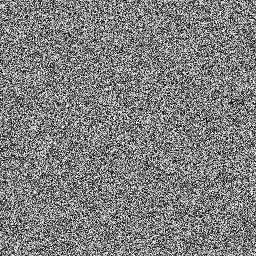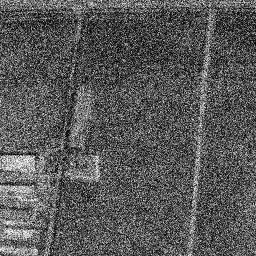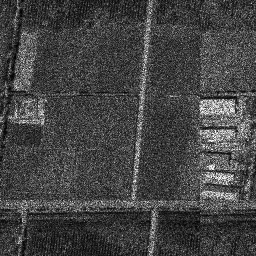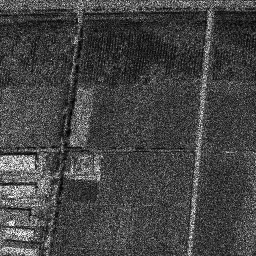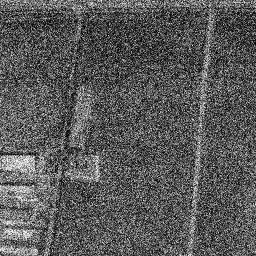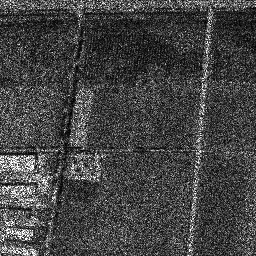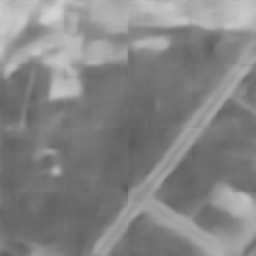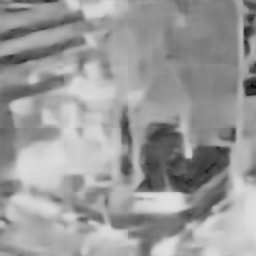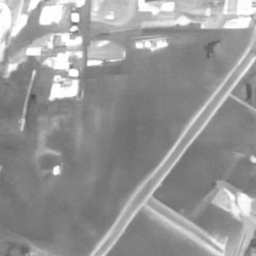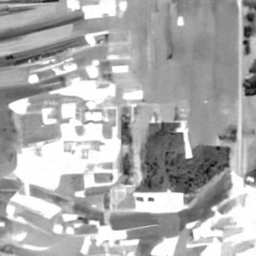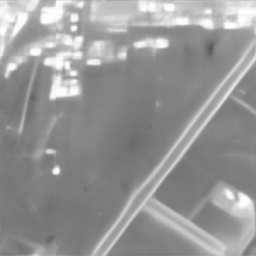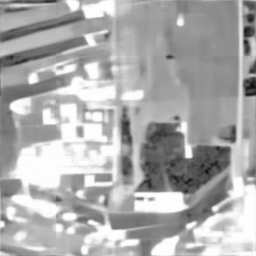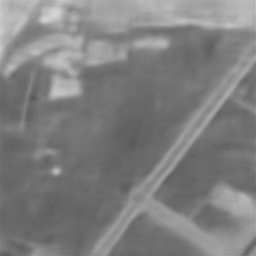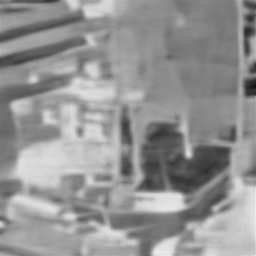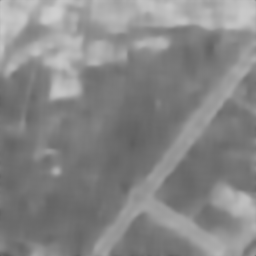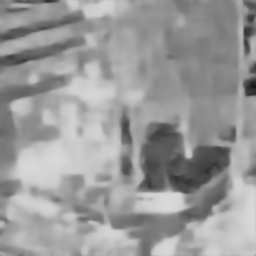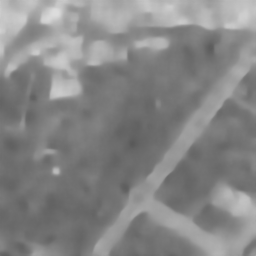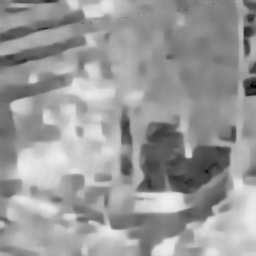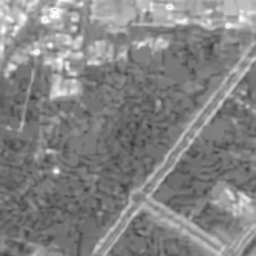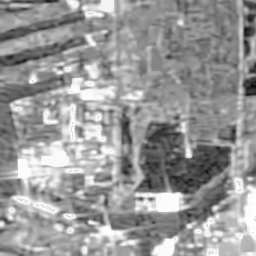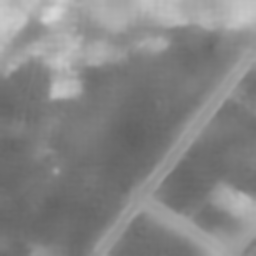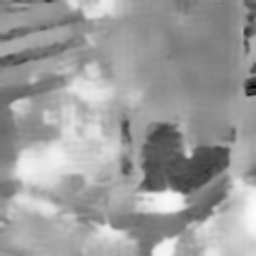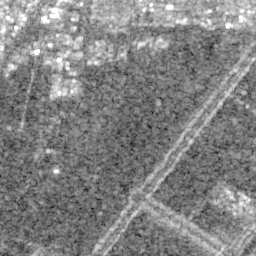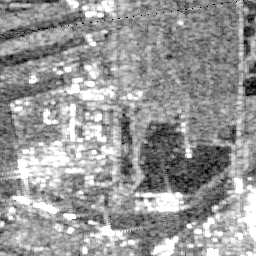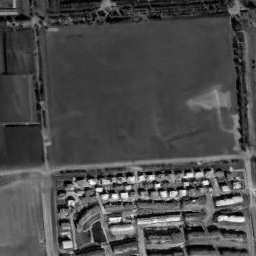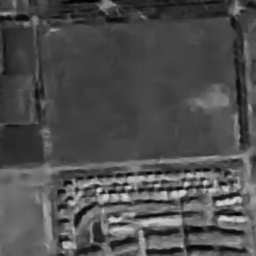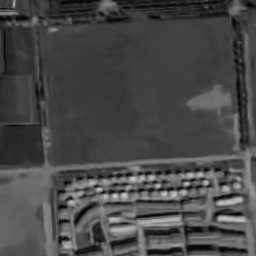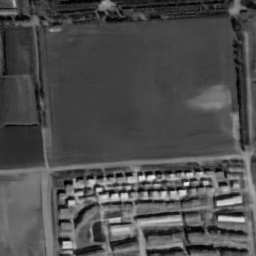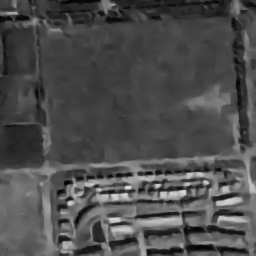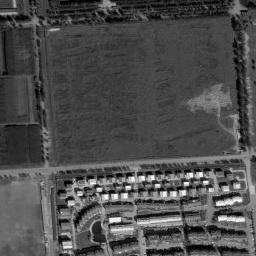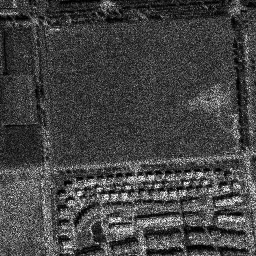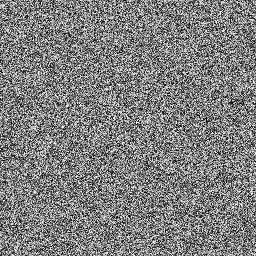Speckle is a multiplicative noise which affects all coherent imaging modalities including Synthetic Aperture Radar (SAR) images. The presence of speckle degrades the image quality and adversely affects the performance of SAR image understanding applications such as automatic target recognition and change detection. Thus, SAR despeckling is an important problem in remote sensing. In this paper, we introduce SAR-DDPM, a denoising diffusion probabilistic model for SAR despeckling. The proposed method comprises of a Markov chain that transforms clean images to white Gaussian noise by repeatedly adding random noise. The despeckled image is recovered by a reverse process which iteratively predicts the added noise using a noise predictor which is conditioned on the speckled image. In addition, we propose a new inference strategy based on cycle spinning to improve the despeckling performance. Our experiments on both synthetic and real SAR images demonstrate that the proposed method achieves significant improvements in both quantitative and qualitative results over the state-of-the-art despeckling methods.
翻译:Speckle是一种多复制的噪音,它影响到包括合成孔径雷达(SAR)图像在内的所有连贯成像方式。光斑会降低图像质量,并对合成孔径雷达图像理解应用的性能产生不利影响,例如自动目标识别和检测变化。因此,合成孔径雷达脱钩是遥感中的一个重要问题。在本文中,我们引入了SAR-DDPM,这是SAR破碎扩散概率模型。拟议方法包括一个Markov链,通过反复添加随机噪音,将清洁图像转化为白色高斯纳噪音。脱光图像通过一个反向过程被回收,该反向过程利用以点点点图像为条件的噪音预测器反复预测添加的噪音。此外,我们提出一个新的推论战略,其基础是循环旋转,以改善脱光光性性性能。我们对合成和真实合成孔径雷达图像的实验表明,拟议的方法在数量和质量上都大大改进了状态的脱光度方法。

